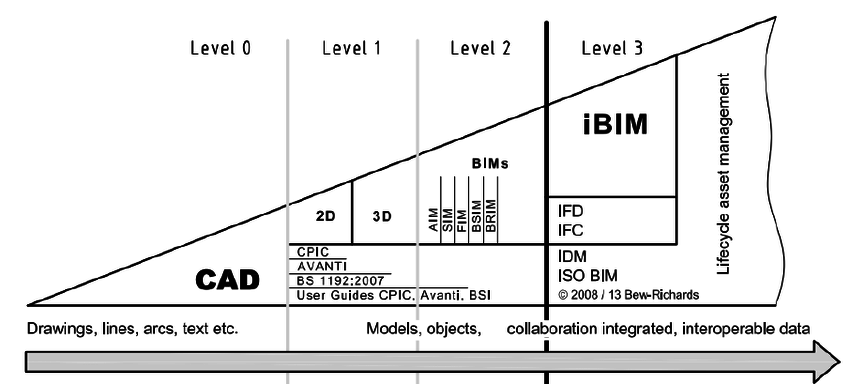United Kingdom: The road to an integrated industry in BIM
Stefan Mordue explains how Level 2 is being adopted in the UK and expectations for Level 3

In 2011 the Government Construction Strategy of the United Kingdom mandated the use of Level 2 Building Information Modeling (BIM) on all public sector projects by 2016. This bold decision led to the government and the construction industry working together to develop the industry’s skills, standards and tools to dramatically reduce the cost of social infrastructure.
Under this guideline, the United Kingdom proclaimed itself a BIM country in the spring of 2016, concretely on April 4. From this day forward, public works projects must be submitted in BIM, following the specification PAS 1192.
As an architect and NBS Technical Author (January 2012 - July 2017), Stefan Mordue has been providing research, technical guidance and content to specification products such as NBS Create and NBS Building. The NBS has produced specification products for over 30 years, including the recognized national standard specification system for the UK.Lifting the industry up
We have had the chance to talk with Stefan about the progress of the industry regarding the adoption of BIM since the implementation of Level 2: "Bringing all the people to a base level, on the same playing field is the main propose of the Level 2." he explains when we ask him how.
When we ask him about his conclusions about the adoption of Level 2 in the UK, Stefan explains that although it is only the start of the journey, "people are starting to change the way they work, the way they collaborate and communicate". In this context of a mindset change, evaluation is essential: "We are starting to see some metrics and statistics of that whole process: monetary value, client getting a better product, better efficiency of the value change."Next step: Level 3
The significant progress already demonstrated through Level 2 and ultimate success will depend on detailed planning, research and the development of significant cross-industry partnerships."The jump from Level 2 to Level 3 is a big change." Stefan reflects on the next steps to take, aware of the complexity of the situation. "We probably haven't got the technology at the moment, and neither the legal framework. So Level 3 is about working on a single model in a cloud. That means that we need legal frameworks, new processes and a new mindset. Open Standards will also help."
The Level 3 journey is documented in the Digital Built Britain Strategy which is a high-level strategic vision or aspirations of what the United Kingdom would like to achieve in the short term. This Digital Built Britain Strategy describes how the industry intends to take the next steps in defining advanced standards, creating new commercial models and identifying technologies to transform our approach to social infrastructure development and construction.
The programme will include groundbreaking work on data infrastructure and is seen as fundamental to delivering a range of other government digital transformation objectives, including building successful UK sectors in smart cities, cyber and physical security and realising the potential of the Internet of Things. It is hoped that the scheme will help align activities around the ideas of smart cities, ensuring a consistent approach to this vital enabler of public services and economic growth.
- Providing departmental support and British standards for BIM Level 2.
- Increased international trade and opportunities for growth for UK companies.
- Development of a BIM Level 3 program as announced in February 2015 (more information will be available on the Digital Built Britain website)
- Cyber security.
- Private sector investment and engagement.
- A series of early adopter projects focusing on Level 3A and manufacturing technologies.












